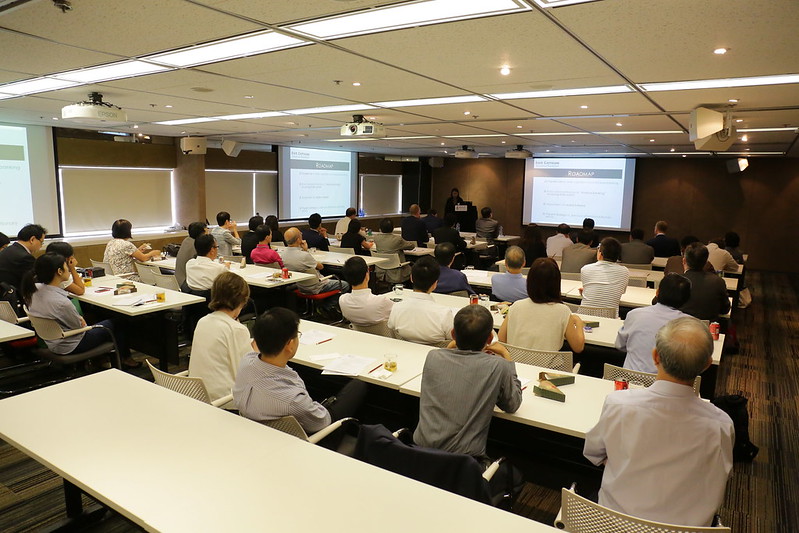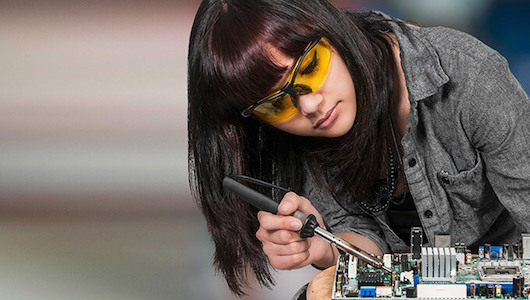
In the dynamic landscape of corporate social responsibility, a group of like-minded companies has joined forces to make a tangible impact on empowering global change. By supporting Whole Planet Foundation’s microcredit programs, these brands contribute to empowering entrepreneurs who lack access to traditional capital. Through the provision of small loans, typically under $500, these microentrepreneurs can start or expand their small businesses, often based at home. The ripple effect of such initiatives is profound, offering individuals the opportunity to lift themselves and their families out of poverty, one loan at a time.
Many of these companies can be found on the shelves of Whole Foods stores across the nation. Companies such as Aura Cacia, KeVita, Sir Kensington’s, Stacy’s, The Republic of Tea and Vital Farms, among others, have donated graciously to this fund to help global entrepreneurs facing poverty. Previous brands include Alaffia, Cedar’s Mediterranean Foods, Dr. Praeger’s Purely Sensible Foods, Health-Ade Kombucha, Honest Tea, PACT, TAZO and Tony’s Chocolonely. These recognizable brands only establish a greater ethos in alleviating global poverty, as those who buy these brands can have more of a reason to join in the fight.
The Launch of the Foundation
Whole Foods Market first launched the Whole Planet Foundation in 2005, and ever since it has been making tremendous strides in empowering global change. The foundation has funded more than $79 million in order to create 3.7 million microloans to help entrepreneurs across the globe who live below the poverty line. Working in 76 countries around the world, the Whole Planet Foundation has made a lasting impact on the fight against global poverty.
Whole Planet Foundation took another step in this fight in 2019 with its introduction of the annual Poverty is Unnecessary project. The Poverty is Unnecessary Project spotlights Poverty is Unnecessary Fund partners, who have collectively committed to donating $275,000 to alleviate poverty through microloans, and culminates in the foundation’s signature event of the year on October 25, known as Poverty is Unnecessary Day.
Sentiments From Whole Planet Foundation Leaders
Millions worldwide have reason to celebrate Poverty is Unnecessary Day as an occasion for a brighter future. On this day, the Whole Planet Foundation also acknowledges and honors its supplier partners, corporate allies, donors, volunteers, advocates and sponsors.
“Whole Planet Foundation is committed to supporting our network of implementing partners,” said Daniel Zoltani, Global Program Director of Whole Planet Foundation, “and pushing forward our pipeline of potential future investments.”
The foundation continues to make strides in empowering global change. In 2023, Whole Foods brands contributed $150,000 to building business capital for entrepreneurs across the globe. Whole Planet Foundation invited brands to contribute additional funds to extend the mission through further microloan support.
Whole Planet Foundation has completed a multitude of projects throughout the years, with around $7 million funded through 51 projects in 39 different countries by the end of 2021.
“We added many new projects,” said Zultani, “including a $300,000 grant to GGEM for farmers in Malawi to have better access to quality farming inputs, $300,000 to support Fundación Paraguaya expand their collateral-free group loan and $150,000 to support our first project in Jordan with Near East Foundation. “In addition, we added two new partners in the United States, MercyCorps Northwest and People’s Partner Community Development, helping small business owners start and expand their business across Washington and Oregon and within the Cheyenne territory in Lame Deer, Montana.”
Stories of the Entrepreneurs
2021 was challenging for the foundation, but 2023 did prove fruitful in empowering global change. Clients like Biti from Malawi have had an amazing experience due to the microcredits granted to them. Biti actively participates in GGEM Farming’s program, securing a loan comprising seeds and fertilizer for rice cultivation. GGEM also pledges to buy the harvest at the end of the season at a rate exceeding what smallholder farmers typically receive from other local buyers.
Other entrepreneurs like Tin Ohn Khaing have lifted themselves and their families out of poverty with help from the Whole Planet Foundation. Tin Ohn Khaing is a first-time loan recipient at the Shan State Branch, supported by WPF, which commenced operations in early 2019. The foundation, through microfinance partners, has funded 19.4 million opportunities for Tin Ohn Khaing and other global entrepreneurs.
The Foundations Work in the Field
Whole Planet Foundation even goes as far as doing in-field work. This work, of course, was halted due to COVID-19 limitations. However, once the lockdown lessened, in-field work increased.
“The remote review tools our field team has been using for over a year continues to help us move forward with project disbursements and new proposals for funding to established partners,” said Zoltani. “Moreover, the field team is slowly picking up international travel again, as we look to add new partners to a growing portfolio of diverse organizations and local-led approaches.”
Zoltani finishes by saying, “Thank you for your ongoing support of Whole Planet Foundation’s mission, the implementing partners we work with, and the entrepreneurs we serve.”
In Conclusion
The collective efforts of many recognizable Whole Foods Market brands highlight the transformative power of corporate philanthropy in empowering global change. By supporting Whole Planet Foundation’s microcredit programs, these brands are not only contributing financially but also actively participating in the upliftment of global communities. Through their commitment to empowering microentrepreneurs, these companies are exemplifying the positive change that businesses can effectuate in the world. As we celebrate their contributions, we recognize that poverty is unnecessary, and with continued support, the mission to alleviate global poverty can become a reality.
– Caleb Picone
Photo: Flickr
 JPMorgan Chase has pledged $75 million to launch their new initiative. Its goal is to close the youth skills gap.
JPMorgan Chase has pledged $75 million to launch their new initiative. Its goal is to close the youth skills gap.

 Nowadays, there are many beauty and makeup companies that are selling beauty products that donate to charity to aid different humanitarian causes.
Nowadays, there are many beauty and makeup companies that are selling beauty products that donate to charity to aid different humanitarian causes.

 When businesses promote the welfare of others by donating some of their profits or resources, they are participating in corporate philanthropy. This philanthropy can be in the form of financial contributions, use of facilities, services, time or advertising support. Corporations often also set up employee volunteer groups and create matching programs. Some companies manage their own philanthropy, while others organize theirs through company foundations.
When businesses promote the welfare of others by donating some of their profits or resources, they are participating in corporate philanthropy. This philanthropy can be in the form of financial contributions, use of facilities, services, time or advertising support. Corporations often also set up employee volunteer groups and create matching programs. Some companies manage their own philanthropy, while others organize theirs through company foundations.
